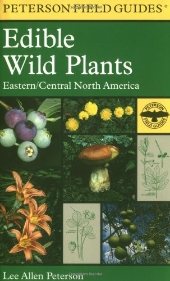9 of 10 Acorns. Why?
Although the book is imperfect, it is nonetheless an invaluable resource to anyone who cannot or will not simply listen to their tongue or the spirits when out looking for things to eat in the wild. The book will tell you a list of poisonous plants and will give you descriptions including appropriate uses as well as fairly accurate illustrations, as well as a list of poisonous plants and about 12 pages of color photos for some plants, although these are not as accurate as a good botanical manual for your location or wherever you may plan to be freeing yourself. The information usually corresponds to other ethnobotanical literature when cross-referenced with something like Daniel Moerman's "Native American Ethnobotany", and even includes some vegetable plants that one wouldn't have found just in the lists of Cherokee uses or something, although I could do some more thorough studying of both of these;D In keeping with "one is none, two is one" I find that the same is true with field guides and other botanical information. You want two or three field guides because they will vary in information and photographs, for instance carying this work with Elias and Dykeman's guide would be wise, if you were without a good botanical manual and some practice or a workshop or something, because essentially, I've found that no one drawing or description with photographs will push you to being absolutely sure, but two or three might, especially if the growth stages are all documented within.




